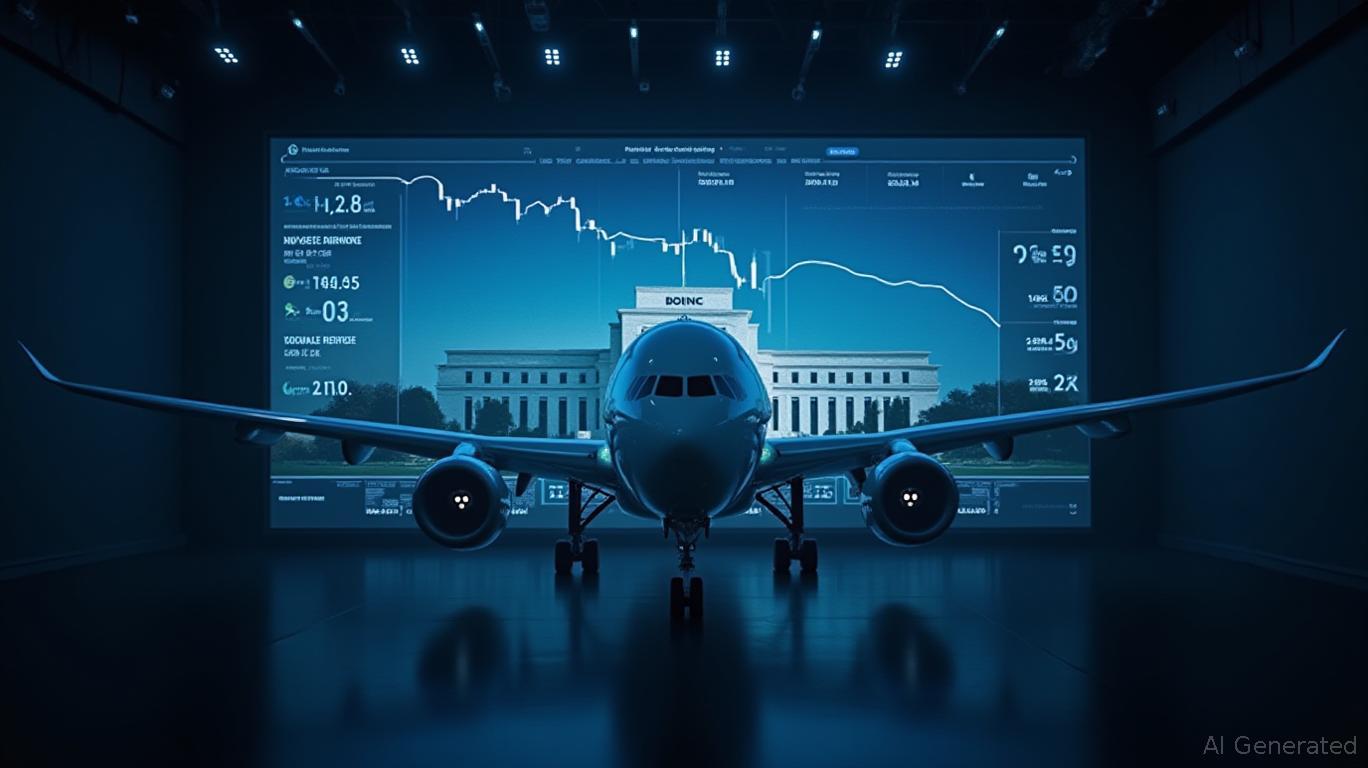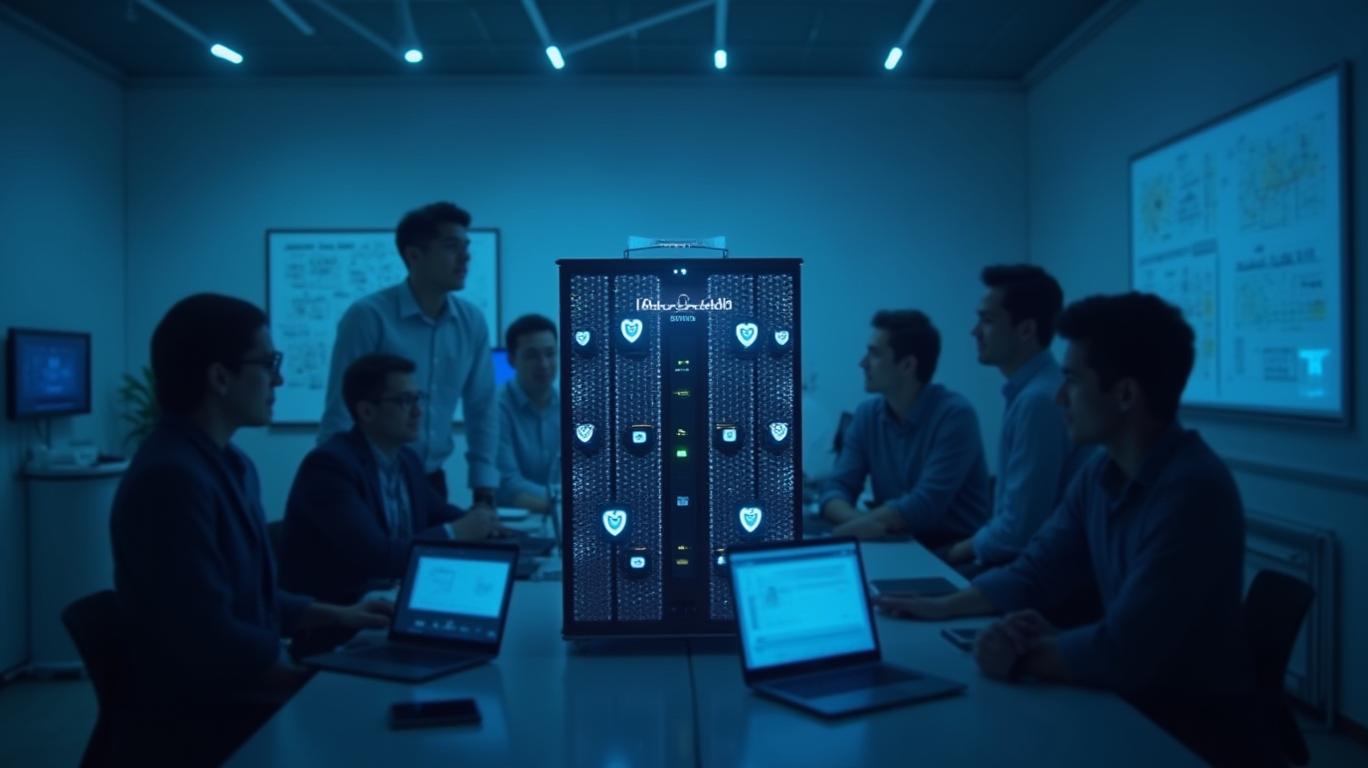Palo Alto Networks' AI Security Play Could Be the Next Cybersecurity Giant—Here’s Why You Should Care
Palo Alto Networks (PANW) just pulled off a bold move that could redefine the cybersecurity landscape. The company’s acquisition of Protect AI isn’t just a small tuck-in deal—it’s a $450 million bet on the future of AI security, a sector that’s about to explode. Let’s break down why this matters and what it means for investors.

The Strategic Move: Why Protect AI?
Palo Alto isn’t just chasing hype here. AI-driven cyberattacks are real—and they’re getting worse. Think of prompt injection attacks that trick chatbots into leaking data, or models poisoned with malicious code. Protect AI’s tools—like AI red teaming and runtime security—target exactly these risks. By integrating Protect AI into its Prisma AIRS platform, Palo Alto is building a “kill switch” for the most dangerous AI threats.
This isn’t incremental. It’s a full-stack play: scanning models for vulnerabilities, securing AI agents, and stopping live attacks. As CEO Ian Swanson noted, this merger scales Protect AI’s mission to “secure AI for organizations of all sizes.” In a world where 71% of companies report AI-specific breaches (per a recent Gartner survey), this isn’t just smart—it’s necessary.
The Money Question: Is $450M a Steal or a Stretch?
The official terms? $450 million, split into $328.5M cash, $68M in stock, and up to $50M in earnouts tied to performance targets. That’s a far cry from the $650M estimates bandied about earlier—but here’s why it still makes sense:
- Valuation Check: Protect AI raised $60M in Series B funding, implying a prior valuation of ~$250M. The $450M price (including earnouts) gives Palo Alto a 70-80% premium, which is fair for a game-changing tech.
- Cost Efficiency: Palo Alto’s stock is up 23% YTD (as of April 2025), giving it the liquidity to pay partly in shares without diluting shareholders too harshly.
- Competitive Context: Compare this to Palo Alto’s $625M Talon acquisition (secure browsers) and $400M Dig Security buy (cloud). Protect AI’s price aligns with past premiums for strategic tech.
Market Reaction: Investors Are Already On Board
Palo Alto’s market cap is nearing $120 billion, up from $95 billion a year ago. That’s not just luck—it’s a vote of confidence in its AI-first strategy. The Protect AI deal isn’t an outlier; it’s the latest in a series of moves to own the AI security space. And the market is rewarding that focus.
But here’s the kicker: The FTC greenlit this deal without conditions, signaling no regulatory hurdles. That’s a win in an era where tech mergers often face antitrust pushback.
The Bottom Line: This Is a Buy-and-Hold Play for the AI Era
Here’s why investors should care:
- Market Growth: The AI security market is projected to hit $13.6 billion by 2030 (per MarketsandMarkets), growing at 26% annually. Palo Alto is now positioned to grab a chunk of that.
- Competitive Advantage: Prisma AIRS isn’t just a platform—it’s a moat. With Protect AI’s tech baked in, competitors like CrowdStrike and Microsoft will have to play catch-up.
- Stock Momentum: Palo Alto’s 23% YTD gain isn’t a fluke. The company’s revenue grew 15% in 2024, and the Protect AI earnouts could unlock upside if targets are met by mid-2026.
Final Take: Buy PANW—But Keep an Eye on Integration
This deal is a win for Palo Alto. The $450M price is a steal for a company that’s already scaling AI security. But here’s the catch: The real test is execution. Can Palo Alto integrate Protect AI’s team and tech seamlessly? If history is any guide, yes—its Talon and Dig acquisitions boosted cloud and endpoint security revenues by 22% in 2023.
Investors: This isn’t just about today’s cybersecurity—it’s about owning the future. Palo Alto’s bet on AI security? A BUY with conviction.
Conclusion: Palo Alto Networks isn’t just keeping up with AI—it’s leading the charge. With a fortress-like balance sheet, strategic acquisitions, and a market cap that’s soaring, this is a stock built to withstand the coming AI security storm. For long-term investors, PANW isn’t just a play on cybersecurity—it’s a play on the future of tech itself.


_cbf086401749733332056.jpeg)







